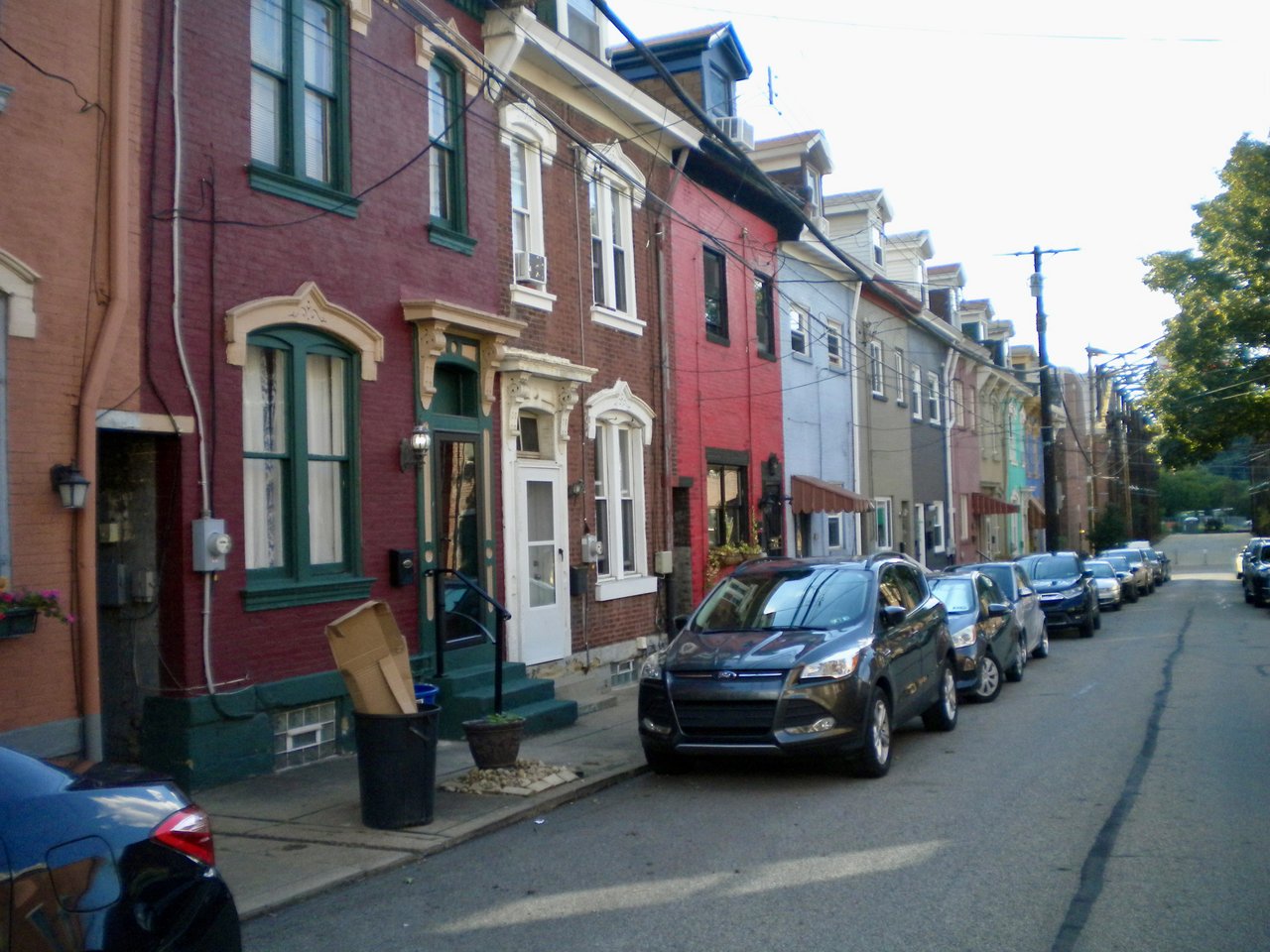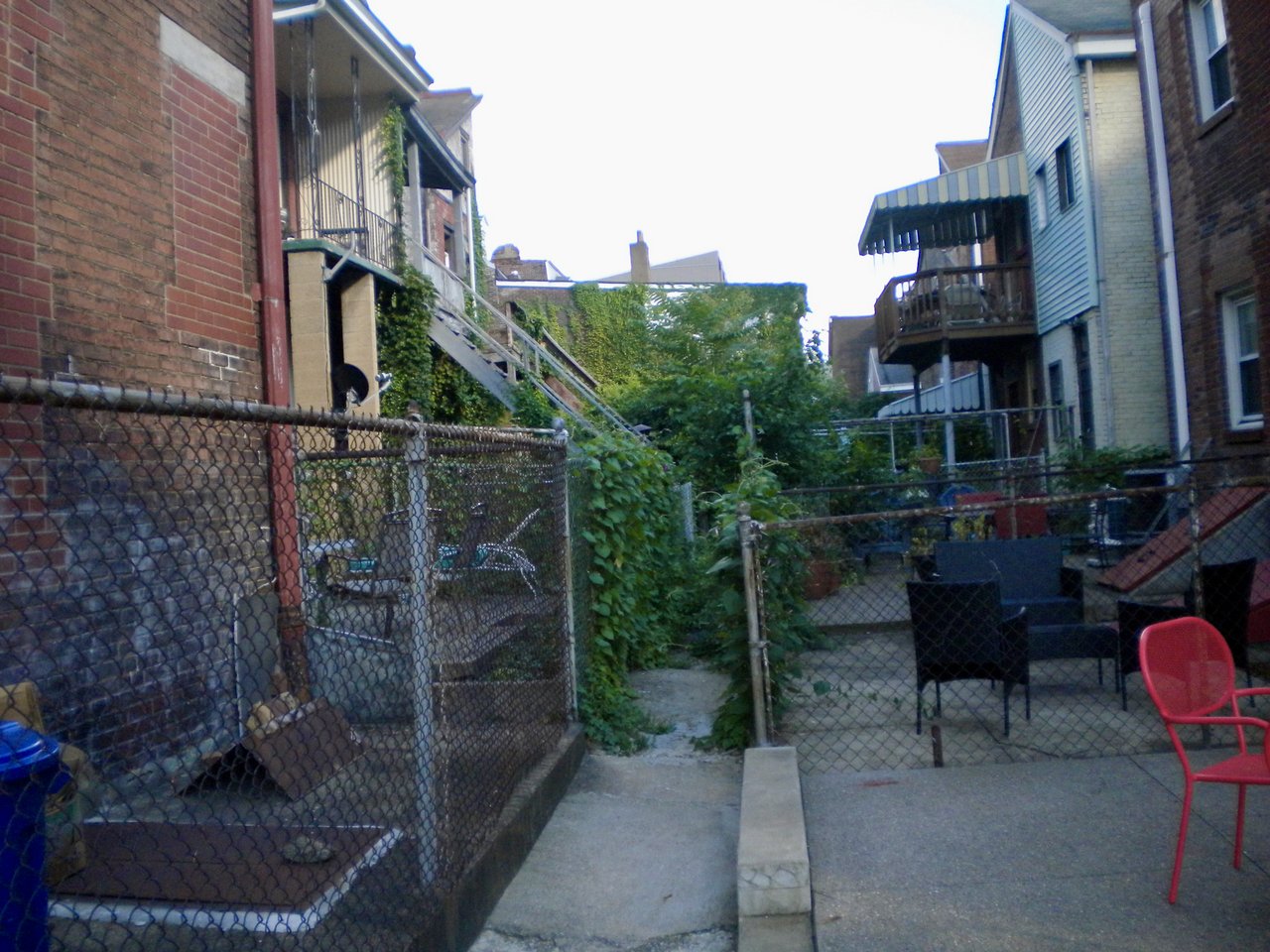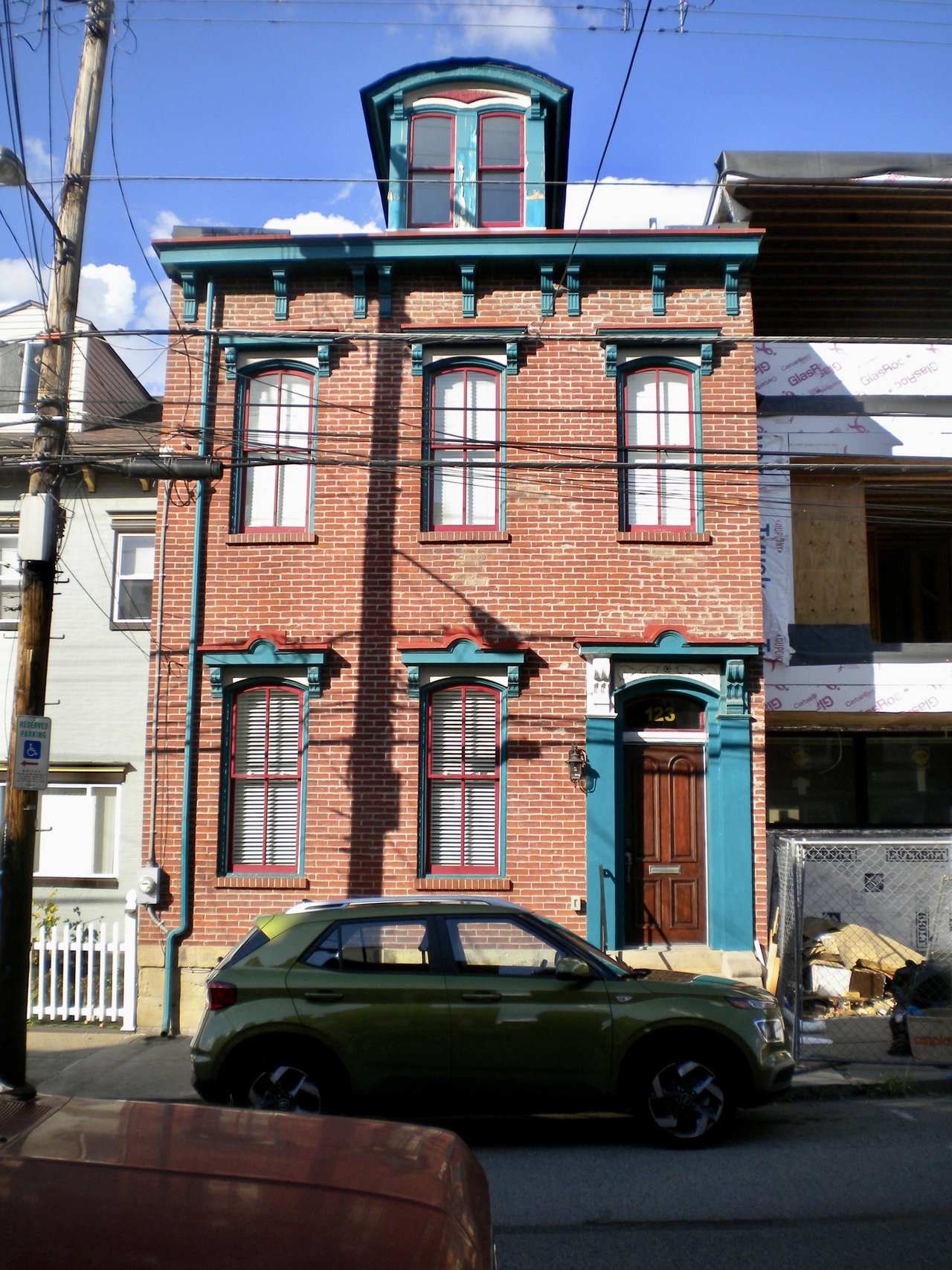Why did we pave paradise?

I came to the northeast principally to escape the oppressive Florida heat. But my other, more consequential reason for coming to the northeast was to immerse myself in prewar, old-world cities that predated the ubiquity of the automobile.
Florida (and most of the Sun Belt) is a congested mess of wide-laned suburban arterial highways, strip malls, parking lots, high urban speed limits, car culture, trucks the size of tanks, and a general lack of urban planning. Its infrastructure matured after the Second World War, when the general consensus (read: propagandized consensus) was that every American should own a single-family detached house and an automobile.
As a result, southern cities, excepting their prewar urban cores, are a car-infested nightmare. They're hostile to anyone who isn't driving a car, and most people in these places see pedestrians and cyclists as a nuissance. Which is an irony, since I can't think of a bigger nuissance than loud, polluting automobiles bisecting every single facet of civic life.
But here in Pittsburgh, founded in the decades before the Revolutionary War, the city wasn't designed with cars in mind. Cars didn't even exist. As a result, blocks are smaller and denser, streets are narrower, and communities are more integrated.
Just take a look at this photo I took of the back patios of the rowhouses here in Lawrenceville:

One cannot help but know their neighbors if they're right beside them every time they go outside. And this might be subjective, but to me this is more beautiful and inviting than a big suburban backyard with a fence. It has a sense of place, character, charm. Stuff happened here.
And that's not to say there aren't cars in Pittsburgh. Actually, as a result of higher density and a transit system that's evidently underused, there's actually a ton of car traffic on these tiny streets. But because of the fact the streets are so narrow, cars have no choice but to drive slowly, lest they side-swipe parked cars in the parking lanes. To me this is representative of the pervasive nature of car culture in America. The idea that you'd drive a private automobile living in Lawrenceville, to me, is insane. Everything you need is within walking distance, and there's reliable bus service on Butler Street. But I imagine many people have car-brain and cannot imagine not driving their F-150 down a tiny eighteenth century alleyway and trying to find parking.
This is in contrast to cities in the Sun Belt, where not owning a car is almost impossible unless you happen to live in the small prewar urban cores. I happen to live in a prewar area of St Petersburg, and can accomplish most things by foot. But the sheer lack of density precludes say, a small corner grocery store ever emerging in my neighborhood. There just aren't enough people within walking distance to make it economically viable.
To me, Lawrenceville is an example we could follow if we want to start building more environmentally sustainable and economically equitable communities in the United States. Like most prewar neighborhoods, the rents in Lawrenceville have ballooned in recent years. People want to live in walkable neighborhoods, yet we continue to build unsustainable suburban hellscapes. This is a result of terrible policy, since it would be illegal to build another Lawrenceville in most places in America due to single-family zoning.
When considering how to mitigate climate change, how to provide equitable transportation options, and how to build more integrated communities, let's look toward the past to get to the future.
Also, isn't this just so much more beautiful than the bland suburban housing that gets built today?
